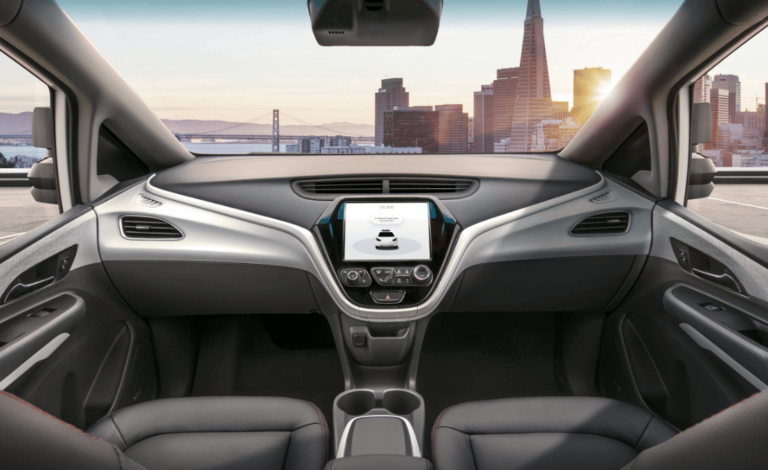You can be a warrior, a hero, an emperor or one of the 300 Spartans. Wait, we`re going to talk about historical accuracy here, so we can`t let you be one of King Leonidas` warriors. Mainly because this story is a lie from a mathematical point of view. Did you know that there were 7000 soldiers who were fighting on the side of Spartans so they weren`t left alone against those thousands and thousands of Persians?
Now, we can get back to the topic. As a person who holds a Master degree in history and freelances as a blogger and essay writer cheap but daily, I just must make sure that you can distinguish a beautiful tale from a real historical fact.
So, computer games give you a remarkable opportunity to become whoever you want. You can be an adventurous sailor or a pirate, a colonizer or a native American. Basically, computer games have taken away your opportunity to become those characters in the games you would play outside with your friends.
But it`s not that controversial issue we`re going to discuss here. In fact, many scientists agree that certain computer games (played in moderation, of course) are more than beneficial for the cognitive development of a child. They improve memory, visual intelligence, attention and concentration. Some studies even showed that video games help patients to overcome dyslexia. What is more, scientists noticed that playing computer games may help children with a lazy eye and even improve their overall vision.
If your grandma isn`t a big fan of playing computer games, you`d better convince her to at least try some of them because they are believed to slow down mental aging.
Apart from obviously negative factors like celebrating violence in games and addiction that may pose a threat to social life in general, computer games seem to be just a fun way of spending free time.
So, it looks like playing computer games rather brings benefit than does harm. But still, are the abovementioned advantages unfairly underestimated or they are really not as powerful as all negative associations we may have with this activity?
Let`s check that out.
Never-Ending Issue with Stereotypes
Do girls play computer games? It`s a tricky question, huh? Unfortunately, video games have turned into a certain equivalent of digital football or actually any other sport that girls “aren`t so good at”, according to a popular belief. Cinematography just makes this idea to settle even deeper in social conscious especially by showing teenage comedies. Tomboys usually play those games.
Or there is another image of a chick who is an eager player. She`s all pretty and possesses all stereotypical (because, apparently, movie directors have never met high school girls in their lives) attributes of femininity. And yet, she`s a pro at computer games, and this characteristic makes her super cool like she`s so incredibly special and unique.
Guess what, statistics say that those stereotypes have nothing to do with reality. According to the Entertainment Software Association`s report, adult females play more mobile games than teenage boys do. Don`t you dare to say that mobile and video games are different? Interfaces, plots, programming language are very similar, so it`s almost the same thing. There is no evidence from any psychological study that boys enjoy video games more than girls do. Besides, such gender segregation is harmful to business because the target audience appears limited by sex.
Marketing techniques that modern advertisers use exclude women almost completely. And there is no need to create more video games that will be aimed specifically at girls because developers just won`t go further than painting a background in pink and creating characters who wear Channel boots. Because that`s how most of them must imagine female consumers.
However, it hasn`t always been like that. In fact, back in a day, all computer games were unisex. And then, something happened. Let`s take a look at the history timeline.
Circa 1970s
Pong, one of the first computer games, was released in 1972. And it was one of those arcade video games that now could be considered to be vintage and super expensive. This game was marketed to the entire family so nobody doubted the fact that girls are good at computer games because it wasn`t an issue of a public discussion.
Mr. Pac-Man was the next highly anticipated game. Well, this one definitely has a male character. However, the game turned out to be so popular among girls that developers came up with the second edition called Mrs. Pac-Man. In 1982 Electronics Games Magazine wrote: “The game`s record-shattering success derives from its overwhelming popularity among female players”.
What is more, many developers and programmers who created those games in the previous century were ladies as well. The team of three women (Carol Shaw, Donna Bailey, and Roberta Williams) created a whole business industry of adventure games. However, this positive social picture didn`t last for too long. 1986 was the year when video games industry crashed. This crisis occurred due to many reasons, including significant deterioration of the quality of graphics, plots, characters, and other factors. It led to horrible economic consequences because adults almost stopped playing video games at all.
A Genius Marketing Plan from Nintendo
When you are at a grocery store, where do you often see computer games? In most cases, they can be spotted in toys section because it seems logical. However, until the 1990s, games could be found in an electronic section. But Nintendo decided to apply a new marketing campaign and changed the location.
Well, something had to be done about that horrible industry crisis. At that time, toy sections were separated into two zones. And you must have guessed it right, the one was blue and the other one was pink.
By the way, the history of gender associations connected to these colors is rather interesting. At the beginning of the 20th century, some books advised mothers to dress boys in pink and girls in blue, so no prejudice was hidden in there at that time.
Nintendo had to choose a section, and they went with boys. It wasn`t an obvious choice back then because, as we`ve already mentioned, video games were even more popular among girls. If you watch a few Nintendo`s commercials of that time, you`ll see that there are no girls in them. There are just boys chilling, hanging out, looking cool, and, of course, playing computer games.
Here is the slogan that the company chose to advertise “Zelda”, the warrior medieval video game: “Willst thou get the girl?. . or play like one?”. It`s practically the same connotation which is applied in such ridiculous statements as “You run like a girl” or “You fight like a girl”. It gives young boys the idea that everything even remotely feminine implies a negative meaning.
This style of advertising has been imposing stereotypes on young audiences for decades, and getting out of that clearly sexist pit won`t be easy. Okay, it was over-dramatic, I admit.
It may not be an incredibly crucial issue. And this part of the controversial history of video games may not even surprise anybody because that`s how things worked in the past. But we`ve evolved since then and we treat those social issues differently now. However, certain prejudices still exist, like those about real-life games of soccer or baseball.
Still, our world is supposed to become a harmonious and well-balanced place. Can you feel that we`re getting there?
More News to Read










